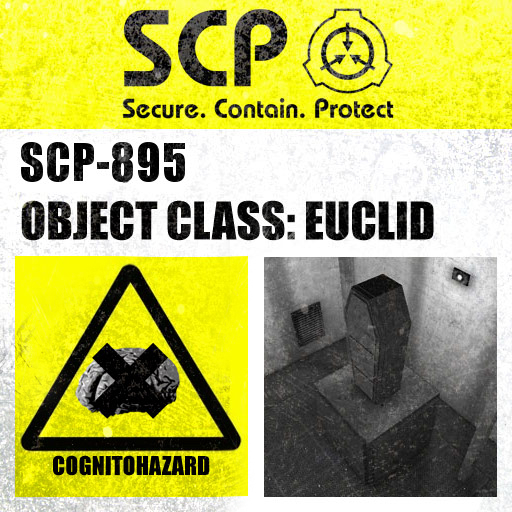

Widespread epileptic networks in focal epilepsies: EEG-fMRI study. If a patient has a substantially different seizure type, the possibility that the discharges are an incidental finding must be carefully considered, along with the possibility that the patient suffers from a localization-related epilepsy with an electroclinical signature that mimics BECTS.įahoum F, Lopes R, Pittau F, Dubeau F, Gotman J. The presence of the typical discharge secures the diagnosis. Seizures in BECTS are usually nocturnal, typically characterized by drooling and rhythmic contraction of 1 side of the face and arm and may secondarily generalize. In one population study, up to 40% of patients with centrotemporal spikes did not have seizures. The EEG signature of the syndrome is stereotyped, usually bilateral, broad diphasic centrotemporal spikes that always become more frequent in sleep and often display a characteristic transverse dipole that is negative in the centrotemporal area and positive frontally. This syndrome presents in preadolescent children and usually resolves in the mid teens. This is particularly true of centrotemporal spikes, which are associated with the syndrome of benign childhood epilepsy with centrotemporal spikes (BECTS). When the general population is screened, the presence of IEDs characteristic of the idiopathic or primary epilepsy syndromes frequently occur in patients who do not have seizures. While these 2 types of nonepileptiform abnormalities often coexist, especially when clinically significant, distinguishing them is conceptually useful and aids in their recognition and description. Nonepileptiform abnormalities are characterized by alterations in normal rhythms or by the appearance of abnormal ones. Epileptiform transients such as spikes and sharp waves are the interictal marker of a patient with epilepsy and are the EEG signature of a seizure focus. While the indications for EEG have evolved, the EEGs recorded today still exhibit the same variety of focal abnormalities as in the past and a framework for analyzing these abnormalities is still necessary to interpret and articulate the clinical implications of a recording.įocal EEG abnormalities may be categorized as epileptiform or nonepileptiform. Today, with the availability and routine use of detailed imaging techniques such as CT and MRI, the EEG no longer plays this role, although it still has a central place in the diagnosis and management of patients with seizures, epilepsy, and altered mental status.

For example, if the EEG of a comatose patient revealed decreased amplitude over 1 cerebral hemisphere, subdural hematoma was strongly suspected. In the past, the identification of focal EEG abnormalities often played a key role in the diagnosis of superficial cerebral mass lesions. The role of EEG, and in particular the focus on focal abnormalities, has evolved over time.


 0 kommentar(er)
0 kommentar(er)
